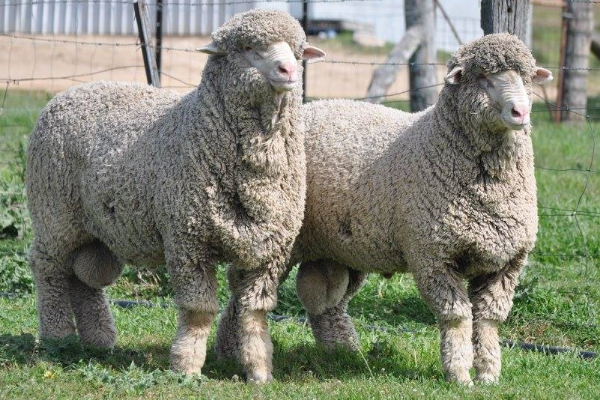Luxury in Numbers: Decoding Super Wool for Tailored Garments
- CH CH
- 2 days ago
- 3 min read
In the world of luxury tailoring, few terms carry as much mystique—and confusion—as “Super 100s,” “Super 150s,” or even “Super 200s.” These numbers appear on garment labels, whispered by tailors and sales associates alike, often with the unspoken promise of refinement, softness, and exclusivity.
But what do these numbers actually mean? Is Super 180s always better than Super 120s? And how do these figures affect the feel, performance, and price of your tailored garments?
Let’s unravel the truth behind the numbers and explore how the Super grading system shapes the world of fine wool tailoring.
What Does the “Super” Number Mean?
The “Super” number refers to the fineness of the wool fibre used in the fabric, measured in microns (μm). The higher the number, the finer and thinner the individual fibres.
Here’s a rough guide:
Super Number | Average Fibre Diameter (microns) |
Super 80s | ~19.75 μm |
Super 100s | ~18.75 μm |
Super 120s | ~17.75 μm |
Super 150s | ~16.25 μm |
Super 180s | ~15.75 μm |
Super 200s+ | ~14.75 μm and below |
These numbers are regulated by the International Wool Textile Organisation (IWTO), ensuring consistency across mills and markets.
Fineness vs. Function: Is Higher Always Better?
It’s tempting to assume that a higher Super number means a better suit. After all, finer fibres feel softer, drape more elegantly, and carry a certain prestige.
But there’s a trade-off.
Durability: Finer fibres are more delicate. A Super 180s suit may feel like a cloud, but it won’t withstand daily wear like a Super 100s.
Crease Resistance: Coarser wools tend to hold their shape better, making them ideal for travel or long workdays.
Price: As the fibre gets finer, the cost rises exponentially. Super 150s and above are often reserved for special occasions or bespoke tailoring.
In short: Super 100s–120s are excellent for everyday suits. Super 150s+ are best for luxury, occasional wear.
The Role of Yarn and Knit
It’s not just about the fibre diameter. The yarn twist, knit structure, and finishing techniques all influence how a fabric behaves.
High-twist yarns (often used in travel suits) increase resilience and reduce wrinkling.
Tighter knits offer more structure, while looser knits enhance breathability and drape.
Finishing—such as steaming, pressing, or brushing—can enhance softness or sheen.
So, two Super 120s fabrics from different mills may feel and perform quite differently.
Super Wool in Tailoring: What to Consider
When selecting a Super wool for tailored garments, consider the following:
Purpose: Is this for daily wear, business travel, or a special event?
Climate: Finer wools are lighter and more breathable—ideal for warmer climates.
Fit and Style: Finer fabrics drape beautifully, making them perfect for slim, modern silhouettes.
Budget: Super 150s and above can be significantly more expensive—not just in fabric cost, but also in tailoring skill required.
Cottoning On: Beyond the Numbers
It’s worth noting that the Super grading system applies only to pure wool. Once a fabric is blended with other fibres—like silk, cashmere, or synthetics—the Super number no longer applies.
That doesn’t mean those fabrics are inferior. In fact, a wool-silk blend may feel more luxurious than a pure Super 150s. But it does mean you’re comparing apples to oranges.
The Super number is a helpful guide—but it’s not the whole story. A well-made Super 100s suit from a reputable mill will outperform a poorly woven Super 150s every time.
So when choosing your next tailored garment, think beyond the number. Consider the purpose, the feel, the drape, and the craftsmanship. And when in doubt, ask your tailor or supplier for guidance—they’ll know how to match the right fabric to your needs.
Because in the end, true luxury isn’t just in the number. It’s in the experience.






Comments